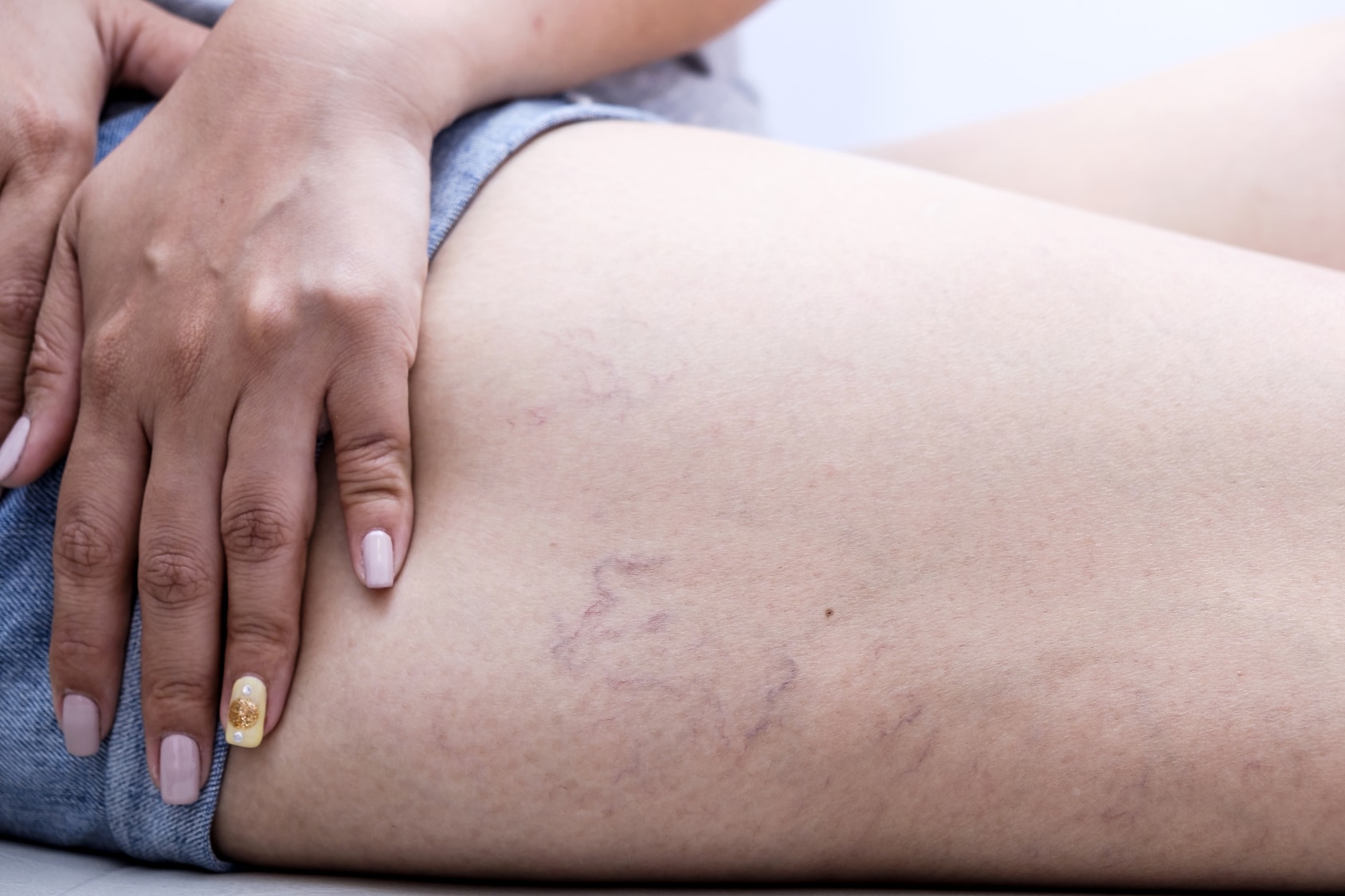You often hear a lot about varicose veins, especially when it comes to the elderly, but what exactly are they? To answer the question, varicose veins are twisted and enlarged veins that can often be seen through the skin, and any vein that is close to the skin’s surface can be varicosed.
Now, varicose veins are the most common in the legs because standing and sitting can increase the pressure on the veins in the legs. But again, any vein close to the surface of the skin can be varicosed.
For most people, varicose veins can be an eyesore but are mostly a cosmetic problem that causes no real impact on how they live their lives. For others, the veins can cause pain and discomfort, and then they need to find treatment for varicose veins.
Here’s all you need to know about both types of varicose veins, and how they can be treated if you find yourself afflicted with them.
Signs And Symptoms Of Varicose Veins
The biggest sign of varicose veins is that you have veins that are dark purple and blue, and they often appear twisted like you have cords or spiderwebs on your legs. If they are very painful, then you might feel like you have heavy and achy legs, have burning or throbbing in the lower legs, and have pain in your legs after sitting or standing for a long time.
Why Do Varicose Veins Form?
Veins work with your arteries to pump blood to your body, and the veins in your legs need to work against gravity (and pump upward). In order for them to do this effectively, valves open up and close to allow the blood to flow towards the heart and not flow backward. However, if the valves are weak or damaged and can’t prevent the blood from flowing backward, then that causes the blood to pool in the veins and stretches them out.
How To Treat Varicose Veins
A health care provider will examine your body while you are sitting and standing, and might also ask you to describe any pain in your legs or pain you experience while sitting or standing. Additionally, your dermatologist might do a doppler ultrasound of your leg, which will look at the blow flow through the veins. If they find a blood clot then they can operate to get rid of it quickly.
If your varicose veins are starting to cause you some trouble, then you need to try a few things to relieve them. One of the things you can do is self-care on your legs, such as exercising a bit more, raising the legs whenever you are sitting down or lying down, or wearing compression stockings.
Compression stockings are a common remedy for varicose veins, as they squeeze your legs and help the blood move up and down the legs more effectively. Most compression stockings are available at pharmacies and medical stores, and some of them can even be prescription strength and covered by your insurance if your varicose veins are starting to cause issues.
Look For Surgical Treatments If The Remedies Aren’t Working
If you and your doctor are finding that the self care treatments aren’t working, then they might try a different tactic to remove them. For example, laser treatment blasts your legs with strong bursts of light which eventually makes the veins disappear. Sclerotherapy is also another method that injects your varicose veins with a foam that will scar and close the veins in a few weeks.
There are several options that you have whenever it comes to treating and dealing with your varicose veins, and the options that your surgeon will present to you are dependent on the size of the veins. Larger veins are more likely to have surgery on them or at least be subject to less invasive procedures.
However, if your veins are smaller or medium sized, then they are often treated using lasers, Sclerotherapy, or minor surgery. So make sure to talk to your doctor about procedures for treating your varicose veins depending on how large they are, because you want those procedures ready to go if the self-care remedies don’t work.
Treat Your Varicose Veins and They Won’t Come Back!
Thankfully, once you get your varicose veins treated, then they won’t be coming back anytime soon! So if you’ve got them on your legs, reach out to your doctor and see how you can fix them up because it is easier than you might think!












